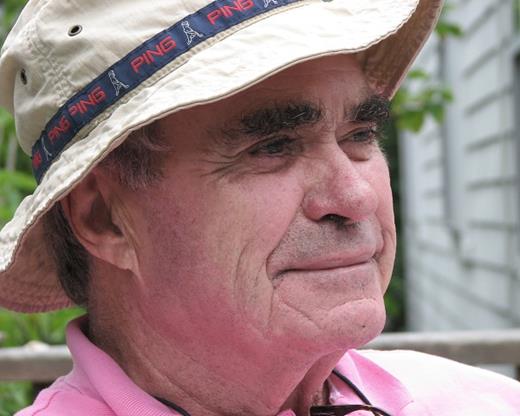Dr. Peter Robert Galbraith graduated from Queen’s University in Kingston, Canada, in 1956. He then trained with Dr. William Dameshek in Boston, where he developed a lifelong interest in hematologic stem cells. He returned to Queen’s University and joined what he called the “division of blood and guts” with gastroenterologists Drs. Lesley Valberg and Malcolm Brown. In 1968, he was the sole founding member of a formal division of hematology, but he soon recruited Drs. David Ginsburg and Joe Pater. The division’s clinical responsibilities were extraordinarily wide by today’s standards, encompassing malignant and nonmalignant hematology, medical oncology, and pediatric hematology. Later, pediatric hematology and medical oncology separated, so by the time he retired from full-time practice in 1996, the division focused exclusively on adult hematology.
Peter’s first academic interests were in human stem cell biology. His laboratory grew colonies in semisolid media from normal volunteer bone marrow samples. He observed that different colonies developed at different times in the cultures, and from this, he formulated an early version of a stem cell hierarchy concept. Unfortunately, funding in the 1980s became unfavourable, and his laboratory closed. Peter then turned his attention to hematologic education and realized the power of interactive computer-based programs at a time when such tools were in their infancy. His “HemeTeam” program was used in the undergraduate curriculum, and Peter continued to distribute it free of charge to the incoming Queen’s University medical class for several years after his retirement. Peter was also interested in residency education. He founded and directed the adult hematology subspecialty training program, from which many highly successful hematologists graduated. He instituted numerous weekly educational rounds on the clinical service, all of which persist to this day. He realized the importance of palliative care and early in his career was instrumental in introducing a clinical program at Kingston General Hospital.
Peter was an enthusiast for hematology, for ideas, and for life in general. He loved hematology and was happy to discuss stem cells for hours on end. He had an unbroken attendance record at the ASH annual meeting, stretching for more than 40 years. He attended as many sessions as possible and was always fascinated by new ideas. The social side of the meeting was also important to him, and he was excellent company for dinner and a humorous raconteur.
Peter married Ruth in 1954. They met as medical students. She was the love of his life, and he was much saddened when she predeceased him in 2013. He was adored by his three children Meredith, Chris, and Leslie; five grandchildren; and three great-grandchildren.
From the academic and clinical standpoint, Peter Galbraith’s main legacy is the Queen’s University Division of Hematology. He wore large shoes, and his footprint in the division is visible to this day. His palliative care contribution is memorialized as the Queen’s University “Peter R. Galbraith MD Award for Palliative Care Education.”
— John Matthews, MBBChir, Queen's University, Kingston, Ontario, Canada

